
Software and Equipment for Broadcasting Your Radio Station: Here's What You Need
In Chapter 1, we walked you through how to start a radio station, covering terrestrial and online radio stations. This chapter will cover the software and equipment you need to set up your radio studio.
Our focus will be on the tools and equipment you need for an online radio station, which is less expensive to start up. However, the items here also are used for terrestrial radio stations, so even if that's your goal, you'll find this information helpful.
By the end of this chapter, you'll have a solid understanding of the software and equipment required at each stage of your radio station's growth and how to prioritize the tools you need to create a professional studio setup within your budget. Let's dive in!
Table of Contents
Chapter 1
How to Start a Radio Station: Step-by-Step Guide
Chapter 2
Software and Equipment for Broadcasting Your Radio Station: Here's What You Need
Radio Station Equipment and Software: Essentials vs. Upgrades
The Non-Negotiables: Broadcasting Equipment You Need
1. Computer and High-Speed Internet
2. Broadcasting Platform
3. Encoders and Automation Software
The Nice-to-Haves: Broadcasting Equipment to Enhance Your Setup
1. Headphones
2. Microphone
3. Mixer
4. Microphone Processor
5. Soundproofing
6. Virtual Machines
From Tools and Equipment for Broadcasting to Radio Programming
Chapter 3
Radio Programming: Seven Keys to Captivating Your Audience
Table of Contents
Chapter 1
How to Start a Radio Station: Step-by-Step Guide
Chapter 2
Software and Equipment for Broadcasting Your Radio Station: Here's What You Need
Radio Station Equipment and Software: Essentials vs. Upgrades
The Non-Negotiables: Broadcasting Equipment You Need
1. Computer and High-Speed Internet
2. Broadcasting Platform
3. Encoders and Automation Software
The Nice-to-Haves: Broadcasting Equipment to Enhance Your Setup
1. Headphones
2. Microphone
3. Mixer
4. Microphone Processor
5. Soundproofing
6. Virtual Machines
From Tools and Equipment for Broadcasting to Radio Programming
Chapter 3
Radio Programming: Seven Keys to Captivating Your Audience
Radio Station Equipment and Software: Essentials vs. Upgrades
If you're starting an online radio business, either as a standalone station or a testing ground for a terrestrial station, there are certain studio equipment items you absolutely need to start broadcasting and others you'll want to have to improve the quality of your broadcasts.
Radio station equipment essentials enable you to broadcast your signal. Other tools and studio equipment serve to enhance your sound for a more professional tone. We'll cover the essential radio broadcast equipment first before getting into some items that a professional studio ultimately should have but which you can hold off on until your station is up and running. However, you'll eventually want all of the radio broadcast equipment mentioned here to optimize the quality of your broadcasts.
Note that terrestrial stations need additional radio station equipment not covered here, such as transmitters and antennas. These items can get expensive, especially when combined with a tower, costing hundreds of thousands of dollars and typically requiring financing, such as a business loan or investor capital.
That is why we're focusing here on essential radio station equipment you absolutely need to start broadcasting on the internet. If your online radio station proves successful in the start-up phase, you can use your profits to scale up and prepare your budget to secure financing for more expensive radio station equipment upgrades. You also can use an internet radio operation to develop and test a terrestrial radio station if that's your goal. But first, you need to get your basic studio equipment in place, starting with the essentials you need to broadcast.
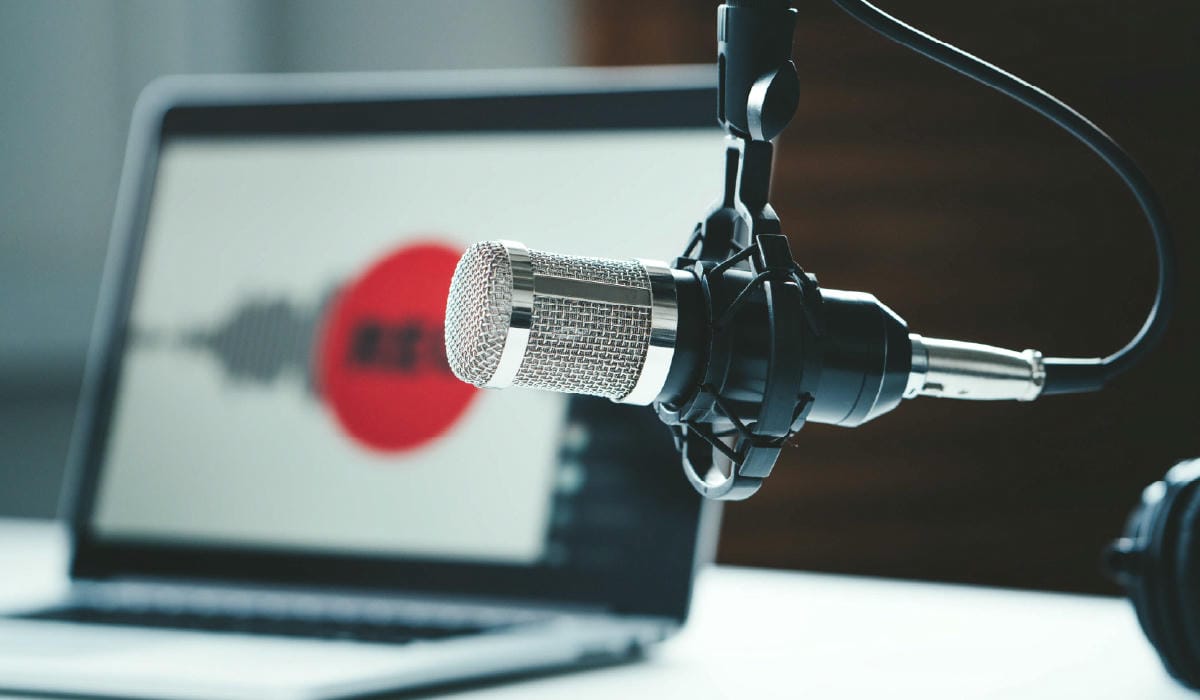
The Non-Negotiables: Broadcasting Equipment You Need
In the non-negotiables category, you need three essential hardware and software studio equipment items to start broadcasting:
A computer with a high-speed internet connection, which serves as a central point of control and gets you online
A software broadcasting platform that streamlines the management of your broadcasts
Encoders and automation software, which optimize your broadcasts for streaming and let you schedule content efficiently
Let's break down what these items are, why you need them, and where you can get them at a reasonable cost.
1. Computer and High-Speed Internet
With today's technology, a computer with a high-speed internet connection is essential studio equipment for a radio station, whether you're running an internet or terrestrial operation. While running a terrestrial radio station without a computer and internet link is technically possible, not having these in place limits your ability to use the latest software and other essential resources. For an online radio station, your station absolutely requires a computer with a high-speed online connection.
Your computer and internet need specific minimum system requirements for them to meet your broadcaster needs. For example, if you're using the Live365 Dashboard, you currently need to have one of the following types of devices:
A Desktop Personal Computer
A Laptop
A Mac Personal Computer
A MacBook
Your device and connection will need to meet the following minimum requirements:
A CPU with an Intel Core i3 Processor with a frequency of at least 1 gigahertz (GHz) or an equivalent AMD Processor
At least 4 gigabytes (GB) of RAM
A stable WiFi connection
An operating system running at least Windows 10 or macOS 10.13 High Sierra
A web browser running the latest version of Google Chrome, Microsoft Edge, Mozilla Firefox, or Safari
If you want to use the Live365 LiveDJ option to broadcast live-streaming content, which is more resource-intensive, you'll need the following:
A CPU with an Intel Core i3 Processor with a frequency of at least 1 gigahertz (GHz) or an equivalent AMD Processor
At least 8 gigabytes (GB) of RAM
A hard-wired internet connection using an Ethernet or cable modem an upload speed of at least with 5 megabytes per second (MB/s)
An operating system running at least Windows 10 or macOS 10.15 Catalina
A soundcard
An external hard drive HDD USB 3.1 Gen2+ for any additional storage you require
Note that these are just minimum requirements. You may want a more robust setup depending on your needs and budget. Generally speaking, you'll want the fastest internet connection your budget and location allow to ensure you don't have any issues with slow connections. Make sure any operating systems and browsers you use have the latest updates and security patches. Soundcard drivers should be kept up-to-date as well. Upgrade your storage space as needed to meet your needs.
2. Broadcasting Platform
What Is a Broadcasting Platform?
Broadcasting platforms are software services that allow radio stations to upload, program, and share content. They may include features for managing content, marketing to audiences, monetizing broadcasts, and monitoring engagement.
Benefits of a Broadcasting Platform
Lower Start-Up Costs: Using a broadcasting platform taps into existing hardware and software resources hosted by your provider. This capability reduces the amount of on-site equipment you need, which can help you get your station up and running cost-effectively, making this option suitable for individuals and small teams. You don't need transmitters or antennas as you would with a conventional terrestrial radio station.
User-Friendly Interface: Broadcasting platforms have interfaces designed to be user-friendly. This feature reduces the need for in-house technical expertise; your provider does the heavy lifting regarding technical support.
Turnkey Licensing: Another way broadcasting platforms make setup user-friendly is by streamlining licensing arrangements. For example, Live365 provides help with licensing through prearranged agreements with leading performance rights organizations in the U.S., Canada, and the UK, including:
The American Society of Composers, Authors, and Publishers (ASCAP)
Broadcast Music, Inc. (BMI)
SESAC (formerly the Society of European Stage Authors and Composers)
Global Music Rights (GMR)
Word Collections
AllTrack
SoundExchange
The Society of Composers, Authors, and Music Publishers of Canada (SOCAN)
Re:Sound
Phonographic Performance Limited (PPL)
PRS for Music (founded as the Performing Right Society)
Access a Global Audience: Broadcasting platforms can help you promote your content to a global audience through marketing tools and existing relationships with distribution networks. Live365 helps you expand your audience outreach to over 200 connected devices, 30+ million US listeners, and millions more in Canada and the United Kingdom by providing a web directory listing, mobile apps, dedicated players, smart TV apps, Alexa skills, and premium distribution via iHeartRadio and TuneIn On Air.
Monetization Tools: Robust broadcasting platforms include monetization features that help you run ads to maximize revenue. Live365 connects you with today's largest ad exchanges and trading desks by directly representing inventory to ad buyers. A Private Marketplace (PMP) lets buyers transparently buy inventory across the platform and compete for maximum revenue. You can schedule ads to run automatically in select intervals, such as 30 minutes, 60 minutes, 90 minutes, or 120 minutes.
Audience Analytics: Best-in-class broadcasting platforms provide audience analytics to help you monitor your audience engagement and continually improve the performance of your station. Live365 provides a user-friendly dashboard and reporting tools which let you see who's listening to your broadcasts and analyze your station's listenership over select time frames. For example, if you've been testing new content over the past month, you can see how your audience engagement has fared over that time frame.
Product Support: Another advantage of using a broadcasting platform is that it allows you to tap into your provider's expertise instead of relying exclusively on in-house technical support. Your provider's support team can help you troubleshoot and resolve any issues you encounter during broadcasting. This service saves you time and labor, freeing you to focus on planning your content. For example, Live365 has a world-class support team full of passionate individuals with experience that spans across years of internet radio and technical support. They also offer a full-service help desk with a ticketing system, FAQs, tutorials, and phone support.
3. Encoders and Automation Software
Specific software tools can significantly enhance the functionality of your broadcasting platform. Two particularly critical tools are encoder software and playout automation software.
Encoder Software
Encoder software is used to support live streaming. The demands of live streaming to deliver content in real-time require files to be sized manageably for timely transmission without lags. Files that are too large produce shaky streaming, disrupting your listeners' experience and risking losing your audience to frustration.
Encoder software compresses audio files and converts them into a format suitable for listener-friendly online streaming. It also can apply audio processing effects to optimize the content for streaming. For example, professional sound editors use a tool called a peak limiter to keep signals within a specified range. The optimal range is different for terrestrial radio and streaming broadcasts. An encoder can help adjust the parameters, making them suitable for live streaming.
Popular encoder options include Live365 Encoder, Icecast, RadioDJ, and SAM Broadcaster Cloud.
Playout Automation Software
Playout automation software automatically schedules broadcasts of content for radio stations, including the scheduling of recorded content, live content, and ads.
Playout automation software can save time and reduce the need for manual intervention, allowing for more efficient and reliable broadcasting. Your team can schedule programming blocks well ahead of time so that you don't have to constantly have live staff on hand while leaving you the option of including live blocks of time. This feature enables you to broadcast 24/7.
Popular playout automation software options include StationPlaylist, PlayIt Live (with free “Internet Broadcast” plugin), and NextKast Pro.
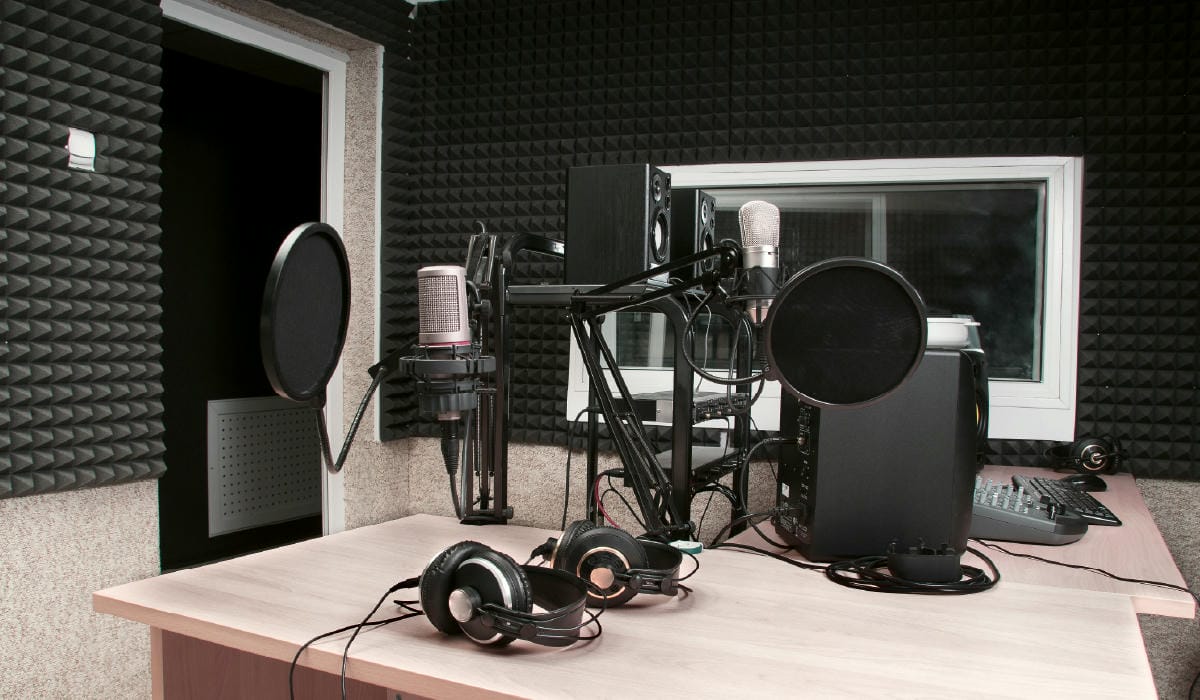
The Nice-to-Haves: Broadcasting Equipment to Enhance Your Setup
You can likely start an internet radio station with the equipment you already own, but that extra equipment takes your station to the next level. With that said, we will break down those couple extra pieces of equipment you can add to improve your setup.
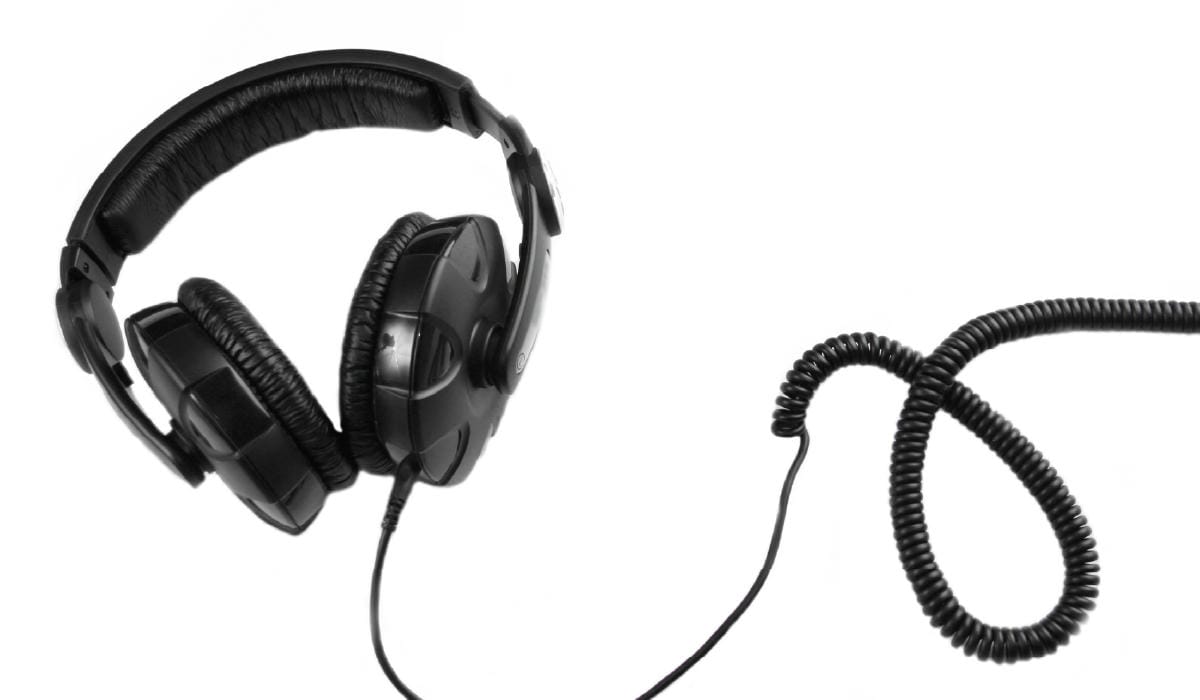
1. Headphones
If you want to have complete control over your audio, you need to be able to monitor it using headphones. You can monitor the audio and ensure that your setup is working properly. Earbuds can certainly work; however, over-ear headphones are recommended for the best results. Some great headphones include:
To see a list of some top-rated headphones, click here.
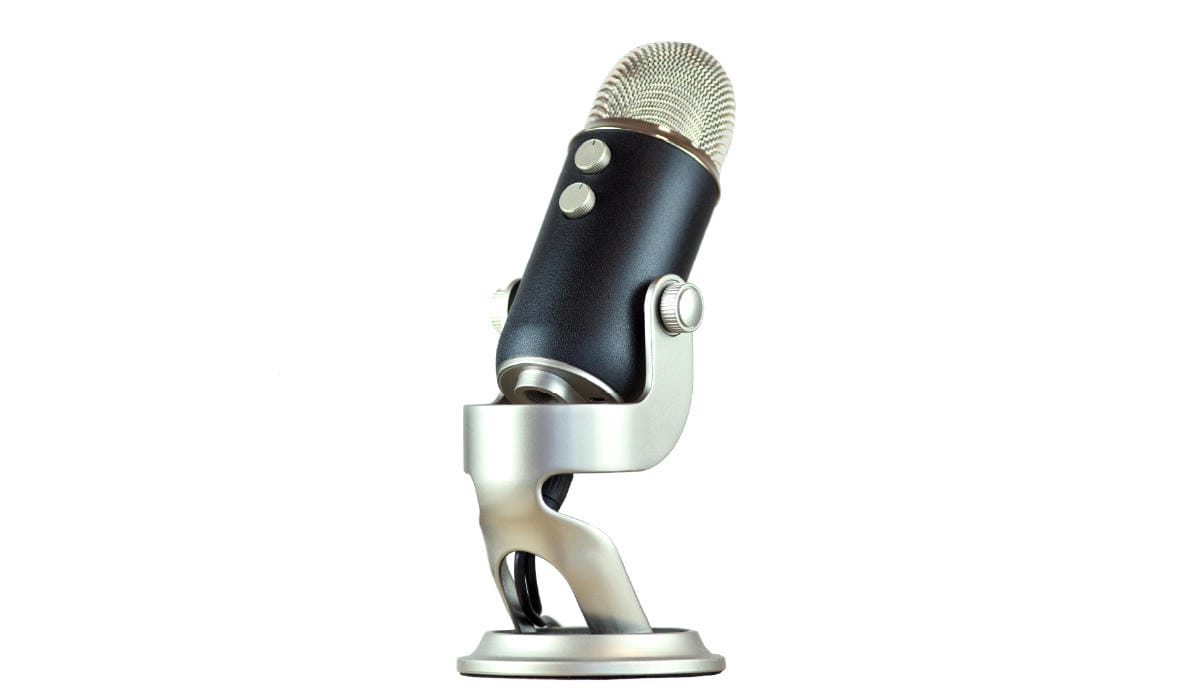
2. Microphone
A microphone is essential audio equipment for doing live or recorded talk pieces. If you are just starting out, some quick options to test are built-in mics, earbuds, and headsets. However, built-in mics, earbuds, and headsets will provide the lowest audio quality. So, a separate hardware microphone is your best bet at getting awesome-sounding audio. It is an essential piece of equipment, especially if you are serious about continuing with talk pieces. Whether you choose a dynamic or condenser mic is up to your discretion. Dynamic mics tend to provide warmer and more focused sound, whereas condenser mics provide a brighter and clearer sound. Also, the power source – XLR or USB – tend to dictate your options. Condenser mics are usually USB powered, and you can find both condenser and dynamic mics that are XLR powered, but these require additional power sources. Some high-quality microphones are:
To see a list of some top-rated microphones, click here.
Microphone Extras
Microphone Boom Arm/Mic Stand
A microphone boom arm or a mic stand can be helpful so that you can move the mic around and adjust it to your liking. Also, it helps to clear up table space so that you can better utilize the space that you have for your setup.
Boom Arm: NEEWER Adjustable Microphone Suspension Boom Scissor Arm Stand
Mic Stand: On Stage DS7200B Adjustable Desk Microphone Stand
Mic Stand: K&M 23325 Table/Floor Microphone Stand
Note: Boom Arms tend to be a bit pricey, so mic stands are a very affordable alternative. Also, you may need to purchase mic clips/clamps to accompany your microphone setup, so read the product description thoroughly to ensure you know what is included in your purchase.
Shock Mount
Shock mounts help to prevent unwanted sounds in your recording, including movements of the mic, tapping, typing, and other vibrations.
Rode PSM 1 Shockmount - Note: This shock mount is only compatible with some microphones, so read the specifications carefully.
RODE SM6 Shock Mount with Integrated Pop Shield - Note: Sometimes, these are included with your mic, so be sure to check the description of your mic beforehand. Also, most shock mounts need to be compatible with your specific microphone.
Pop Filters/Windscreens
Pop Filters/Windscreens help protect your microphone from picking up any harsh noises. For example, when you say the letters b, p, and t, there are bursts of air that the microphone picks up. Adding this to your setup helps to keep your audio levels under control so that those bursts of air do not show up on your recording. Some good options are:
Pop Filter: Premium 6-inch Pop Filter
Pop Filter: Stedman Corporation Proscreen XL
Windscreen: AT2020 Foam Windscreen
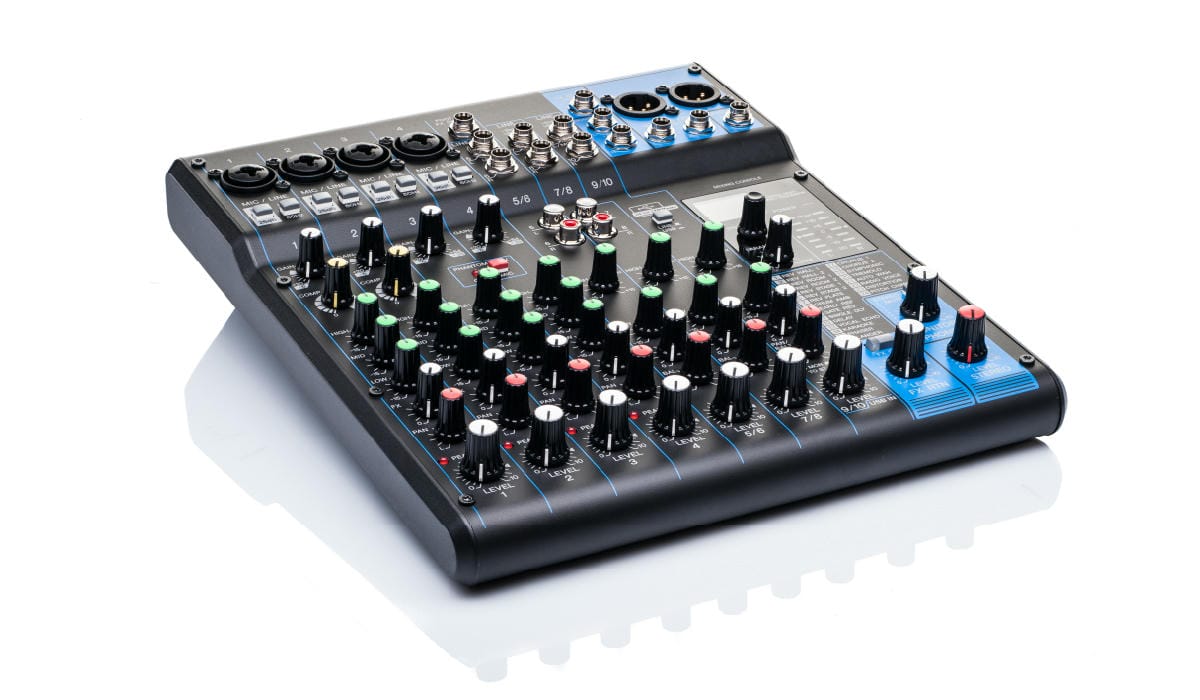
3. Mixer
A mixer gives you more control over levels, inputs, outputs, etc. This device receives audio from various sources, mixes them, and outputs various channels consistently that you control. If you want to improve the quality of your sound, adding a mixer to your audio equipment setup can really help you gain the control to take your radio station quality to the next level.
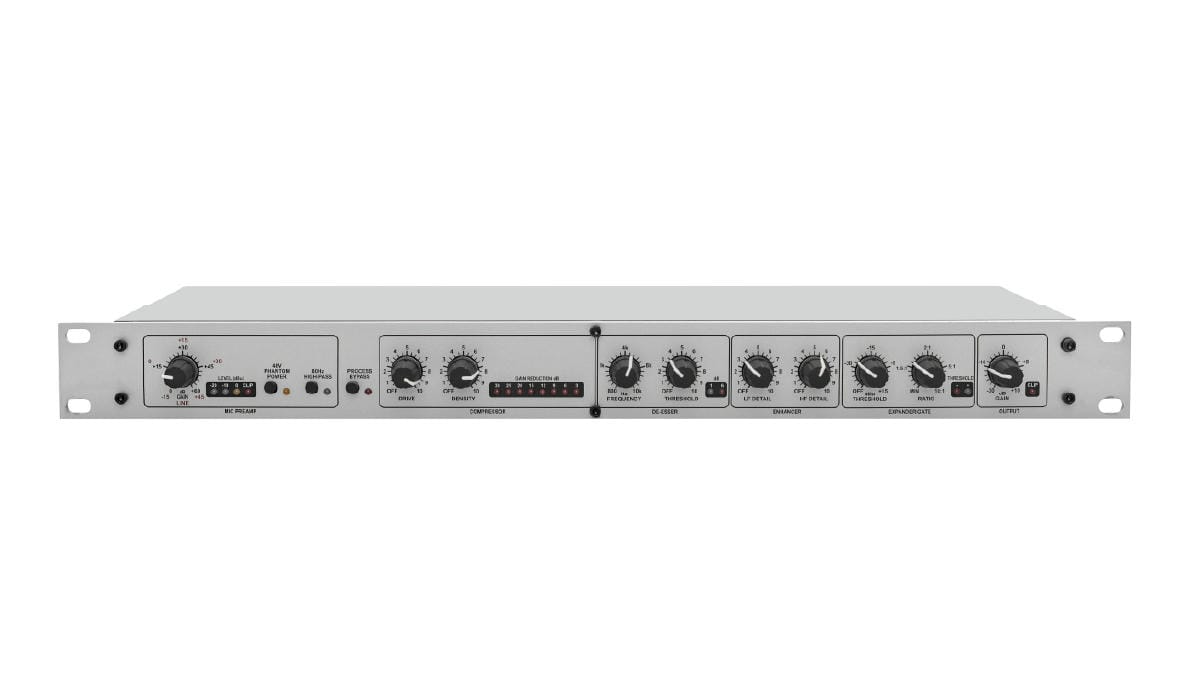
4. Microphone Processor
A microphone processor helps even out audio, minimize background noises, and clean up the signal. In particular, this piece of equipment can help you gain the 'radio sound' so that you always sound top-notch and can focus on your broadcasts instead of tinkering with levels, editing, soundproofing, and so forth. Some great microphone processors (which include mic preamps) are:
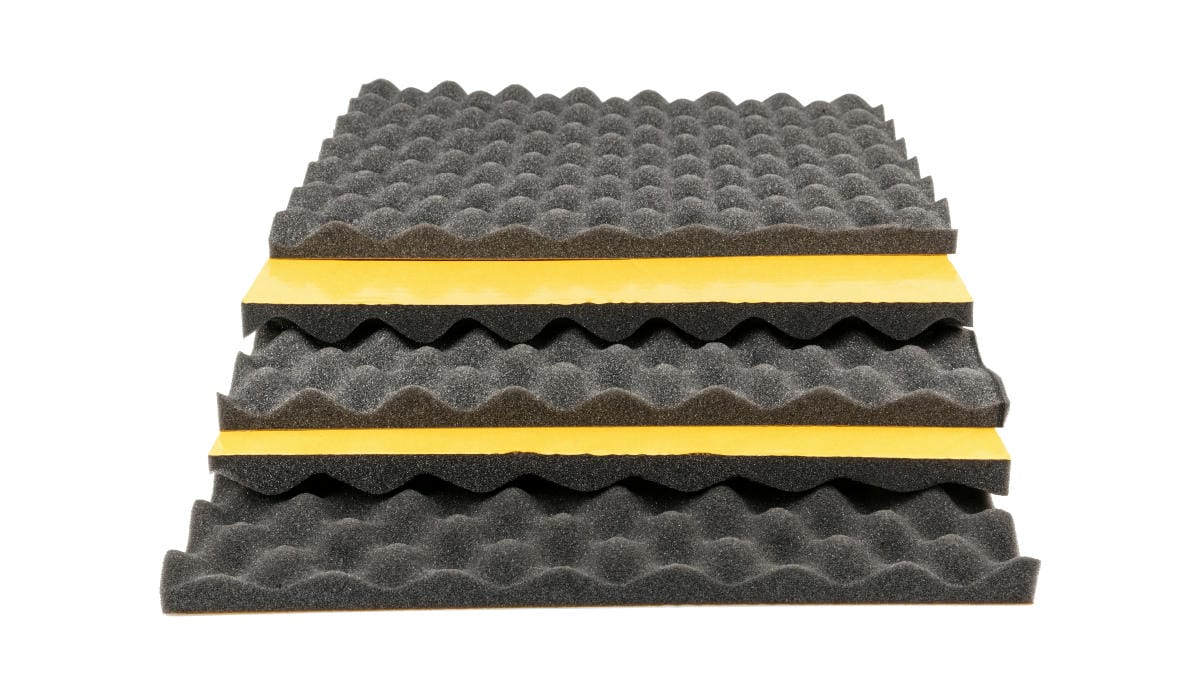
5. Soundproofing
Adding some soundproofing to your radio studio can really help to improve audio quality if there is a lot of reverb or echo.
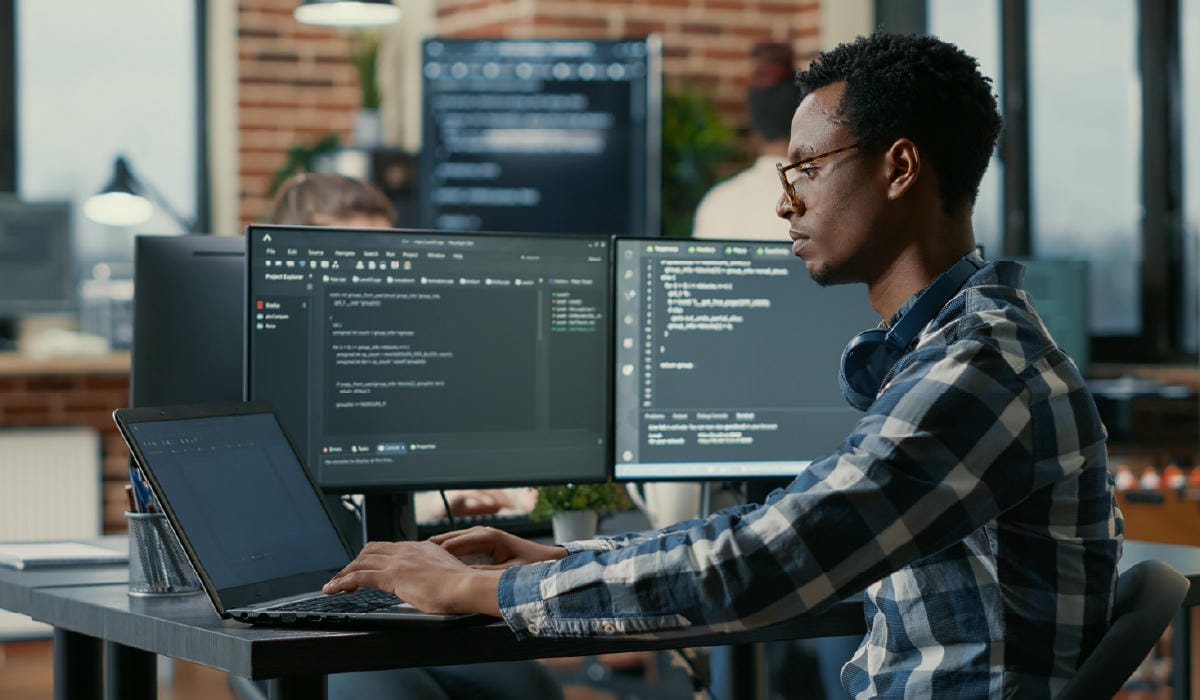
6. Virtual Machines
A virtual machine is an app that lets you use a software interface to remotely manage hardware and software resources on a remote host. This feature allows you to do things such as run an operating system you don't have installed on your computer, use remote storage space, and run software programs on a remote host.
For radio broadcasters, this provides you with a reliable, dedicated environment for streaming without restricting you to resources on your computer or internet connection. Live365 now provides a virtual machine add-on, specifically designed for the needs of radio broadcasters. This add-on also includes StationPlaylist automation and playout software.
From Tools and Equipment for Broadcasting to Radio Programming
Your most essential tools and equipment for broadcasting over the internet are a computer with a high-speed internet connection and a broadcasting platform. Your computer and internet connection provides your essential hardware for broadcasting online. A broadcasting platform lets you manage your broadcast content and scheduling. Encoders compress and enhance your audio files for optimal delivery, while playout automation software lets you schedule programming automatically. With these must-haves in place, you have the minimum to start producing internet radio broadcasting content.
To improve the quality of your broadcasts, you can invest in additional hardware and software equipment. Headphones help you monitor the quality of your sound, while microphones, mixers, microphone processors, and soundproofing help you improve it. Virtual machines allow you to tap into remote hardware and software resources to enhance your broadcast quality.
Now that we've covered the tools and studio equipment you need for broadcasting, it's time for you to learn how to start building your audience. In Chapter 3, we'll share best practices for creating engaging radio programming and keeping your audience captivated by your content.